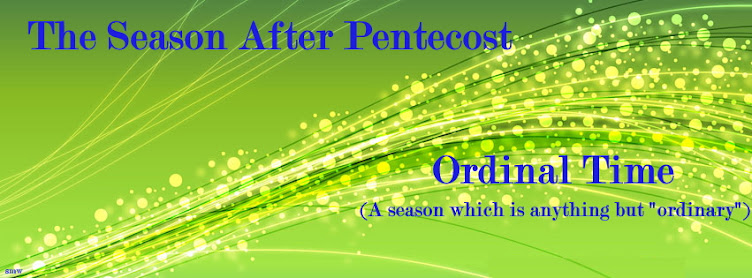Scott Hahn posted to Facebook:
In the first three hundred years of the Church, in addition to belief in the Trinity and the Incarnation, the extant documents reveal widespread belief in:
(1) The Real presence of Christ (Body and Blood) in the Eucharist
(2) The Eucharist as the Sacrifice of the New Covenant
(3) Baptismal regeneration
(4) Apostolic succession
(5) The necessity to maintain the Unity of the Church
(6) Necessity of Bishops for a valid Eucharist.
(7) Prayers for the Dead
(8) Relics
(9) The formal designation of Catholic for the One Church
(10) Demonstrations of papal primacy.
(11) Sign of the cross at prayers
(12) Examples of prayers to the saints.
Whatever this early church was, it wasn't Protestant. This was St John Henry Newman's point: there is no meaningful way to deep dive into the history of the Church and come away with it as having any semblance of Protestant faith and practice. Catholicism, on the other hand, can walk backward through history and arrive at the pre-Constantinian church and find substantive continuity.
The First Ecumenical Council of Nicaea (325) is pictured below.
To which: Myles Ephraim Natale wrote:
Wow a picture of the first Council of Nicaea with the Pope in the middle yet the Pope wasn’t there. More Latin fairy tale.
To which I respond:
Wow! Such a diversionary tactic! Myles' comment does not address a single point that Dr. Hahn posted! It is also my understanding that yes, the Pope was not there, he was in Rome - and sent a delegate who is likely the person pictured in the middle. I'm not sure why Myles believes that person to be the Pope, all the other bishops there are pictured in virtually the same attire. Back to the point Dr. Hahn made: "St
John Henry Newman's point: there is no meaningful way to deep dive into
the history of the Church and come away with it as having any semblance
of Protestant faith and practice." How about dealing with the topic at hand instead of inventing an off-topic response to divert attention from Dr. Hahn's point?




